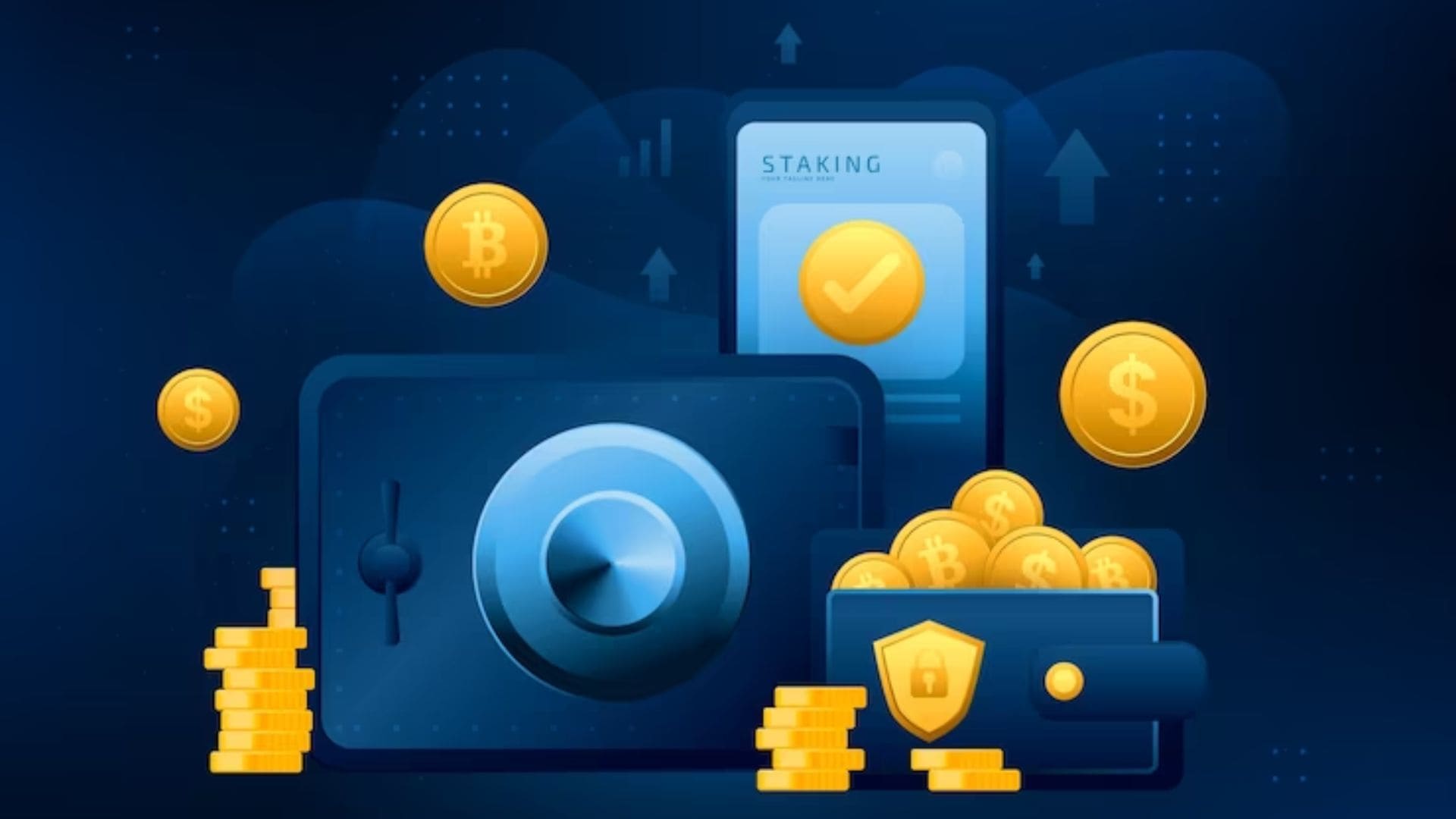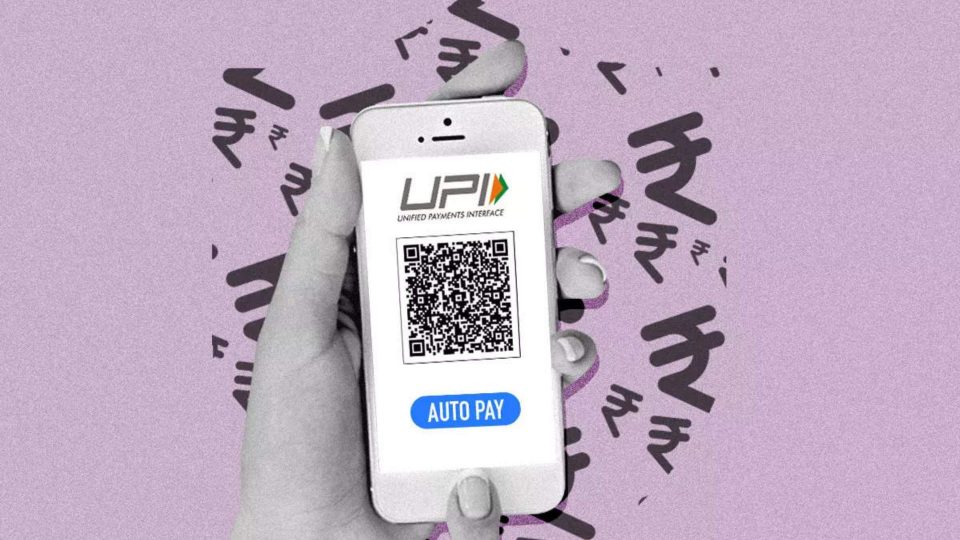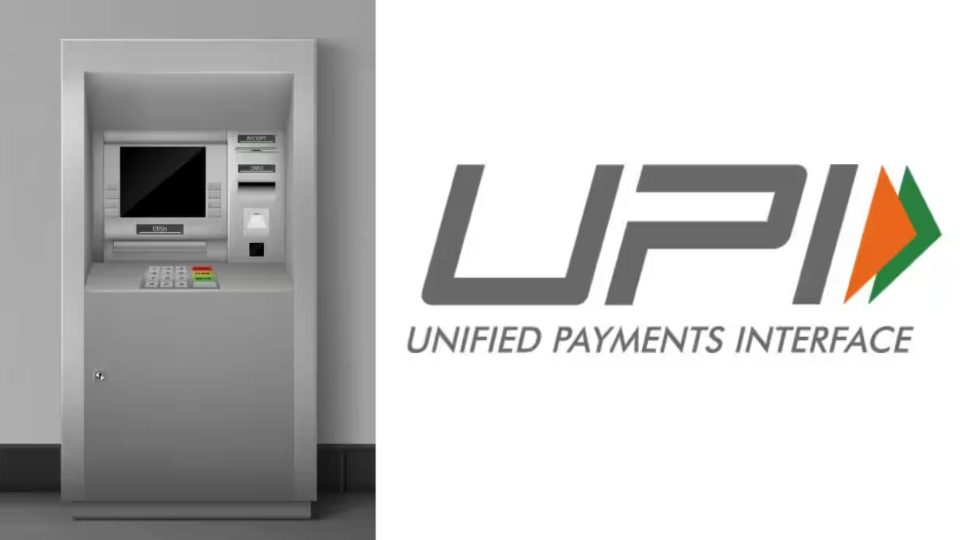Whether one is a novice or an experienced investor, they have likely encountered the concept of work stoppage. For those new to the field, it may come as a surprise to learn that there are alternative methods of generating profits from digital coins beyond mere buying and selling, with digital currency staking becoming the most popular. Stake cryptocurrency is all about getting passive income from your assets. This article zeros in to provide an overview of the fundamentals of cryptocurrency staking, including its mechanics and overall viability as an investment strategy. Today, we’ll touch on the pros and cons of staking crypto, and other vital characteristics.

Cryptocurrency staking essentials
So, what is crypto staking? Proof-of-Stake is a unique consensus method in which computational nodes “play out” their rights to develop brand-new blocks, verify transactions, and supplement with them the blockchain using a particular algorithm based on how many currencies of this blockchain they possess. You may receive the same reward by putting your part of the digital assets.

Purchasing and staking Bitcoin transforms you from an investor into one of the network’s active verifying nodes. To access the network’s security infrastructure and obtain the associated reward, the buyer need only own these tokens.
The interest paid to the holder represents the gain from cryptocurrency staking. The network and other variables, including currency supply and demand dynamics, can affect the rate. PoS-based networks frequently employ a variety of PoS protocols, including:
- group staking (staking pools)
- staking providers
- fixed staking
- cold steaking
The idea is to democratize access to this procedure and the opportunities it offers. It allows even retail investors with small coins to benefit from it.
How does crypto staking work?

Fresh tokens are created and distributed as a gift to the validator of each new block supplemented to the network. The reward is often expressed in the same virtual money that the players use. However, some blockchains may use a different kind.
It is all-important to have a form of digital coin that uses Proof-of-Stake to engage in staking. You can then decide to deposit the appropriate sum. It is vital to comprehend that this procedure does not imply giving up control of your tokens; rather, it entails using them, and you still have the option to withdraw or trade them later. Although specific virtual coins could require a minimum process duration, the withdrawal procedure might be instantaneous.
So, how to earn passive income with crypto? Due to high-interest rates, the process can increase earnings. In rare circumstances, you can receive more than 10–20% annually. It might be a rather rewarding investment strategy.
Basic principles

The fundamental staking principle involves actively validating transactions and creating fresh blocks. Those who choose to freeze their coins are designated as validators and are duly compensated for their efforts in upholding the network’s security and stability. In contrast to Proof of Work (PoW), where miners utilize computational resources to mine new blocks, this process entails minimal energy expenditure.
Validators can stake cryptocurrency in exchange for the chance to build new blocks in a share proportional to their stake. The likelihood of becoming a validator of the following block increases with the number of currencies frozen. As a result of the validator’s deposit being subject to confiscation in cases of attempted fraud or inappropriate conduct, there is a financial incentive to keep up with the rules and guarantee.
This process may be straightforward or outsourced. In a basic scenario, the currency owner independently develops a node and takes on the role of a validator. In the case of delegated staking, coin owners can assign their assets to validators or pools that are already in operation. Holders of coins and validators/pools will each get a piece of the reward according to the stakes they have placed in this transaction.
Crypto staking vs. mining

The PoW algorithm’s blockchains run thanks to mining. This algorithm is how Bitcoin and other coins operate. Miners’ use of processing power supports the network’s functioning and transaction execution and are rewarded for this.
Staking and mining vary primarily in that staking do not call for extensive computational resources, the purchase of video cards, or other mining hardware. As a result, staking is less harmful to the environment and uses less energy to keep the network. As a result, the benefit of staking for users is that they do not need to possess the technical knowledge necessary to operate and maintain the performance of mining equipment or to invest money.
Pros of the procedure
There are various benefits of staking crypto. Let’s take a look at the most important ones:
- Rewards: In recognition of their contribution to the network, validators are bestowed with rewards. The nature of the incentive is contingent upon the network in question and the amount of Bitcoin deposited. Specific networks may impose prerequisites for entry, whereas others may offer more substantial advantages.
- Lower energy consumption: It is a more energy-efficient mining technique than conventional mining. It uses less energy and has a lower carbon footprint since validators do not need to employ heavy processing gear.
- Network security: The maintenance of network security is contingent upon the actions of validators, who are motivated to act in the network’s best interests and comply with regulations due to their investment in Bitcoin. This serves to safeguard the network against potential threats and detrimental conduct.
A pegged cryptocurrency is still liquid, which means it is always possible to buy or sell it. Validators can sell or swap their coins at any moment by withdrawing their money from the stake crypto.
Risks of staking crypto
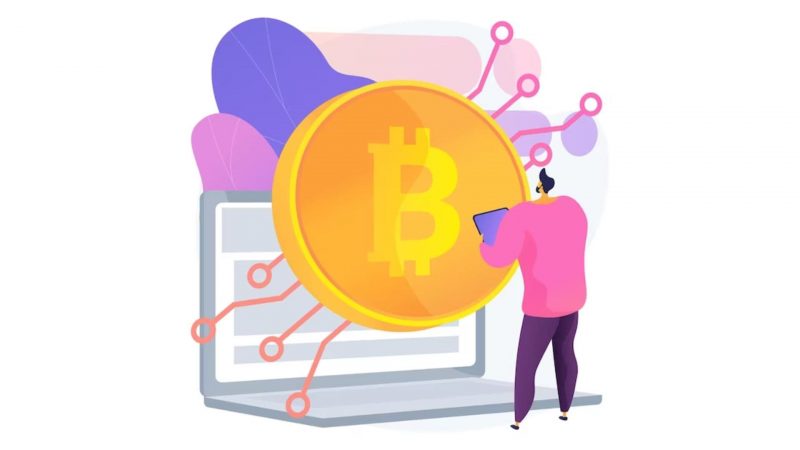
This particular process presents considerable financial gains and serves as a lucrative and reliable substitute for the mere act of storing bitcoins in a wallet. Nevertheless, the ensuing hazards possess the capability to diminish anticipated returns and potentially lead to financial losses significantly:
- The value of invested funds and the actual profitability of staking are affected by changes in the cryptocurrency exchange rate that the participants receive their income.
- The high profitability offered by some PoS coins is made possible by the high rate of coin issuance. It frequently causes the market price to decrease sharply and causes investments in these virtual assets to lose value quickly.
- The conditions for a stalker might involve locking money for a few days to several months.
The owner cannot withdraw and sell his coins during this time, and utilizing a provider to stake digital coins entails all the dangers of putting your confidence in a third-party business that can come under hacker assault or steal the stakers’ funds.
Some tips not to lose the edge in staking
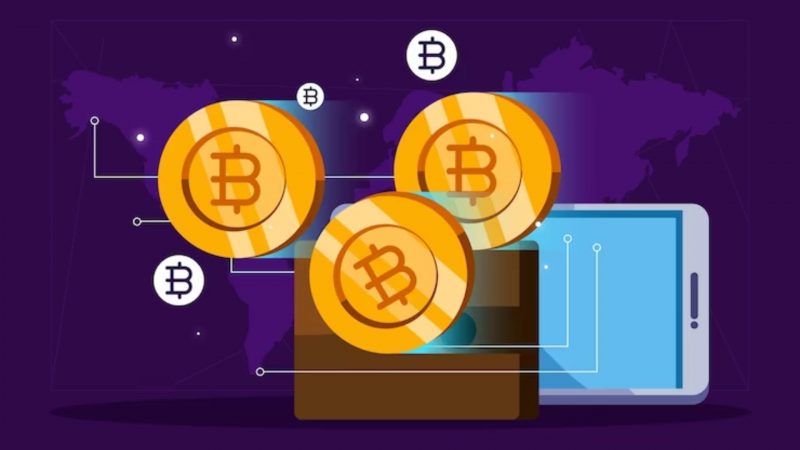
Here are some pointers to get you started if you’re interested in this process:
- Make sure you comprehend the betting criteria, reward structure, commissions, and security before you place a wager.
- To lower risk, think about diversifying your portfolio. You can wager on many coins on various networks to diversify your risk and boost your chance of making money.
- Check the commission before you start a cryptocurrency stake. Some platforms have exorbitant fees, which might reduce your revenues.
- Put your coins on a safe platform or wallet. Selecting a secure platform is crucial to safeguard your assets because the process requires you to lock your coins for a specific time.
- Keep abreast of the most recent market trends. It’s crucial to be informed since network changes or protocol modifications may impact your revenue.
It’s crucial to conduct adequate research and pick a reputable platform or wallet that permits staking. Before starting the process, consider the criteria, reward structures, commissions, and security. With these pointers in mind, you may immediately use assets for staking and passive revenue generation.
Final words
Staking is a well-liked strategy for making money from Bitcoin investments. Validators can benefit from incentives, maintain the network, and increase security by putting the money. It provides many benefits despite particular challenges, including decreased energy use and liquidity. This process is projected to become an increasingly significant component of the Bitcoin ecosystem as more blockchain networks switch to PoS.
